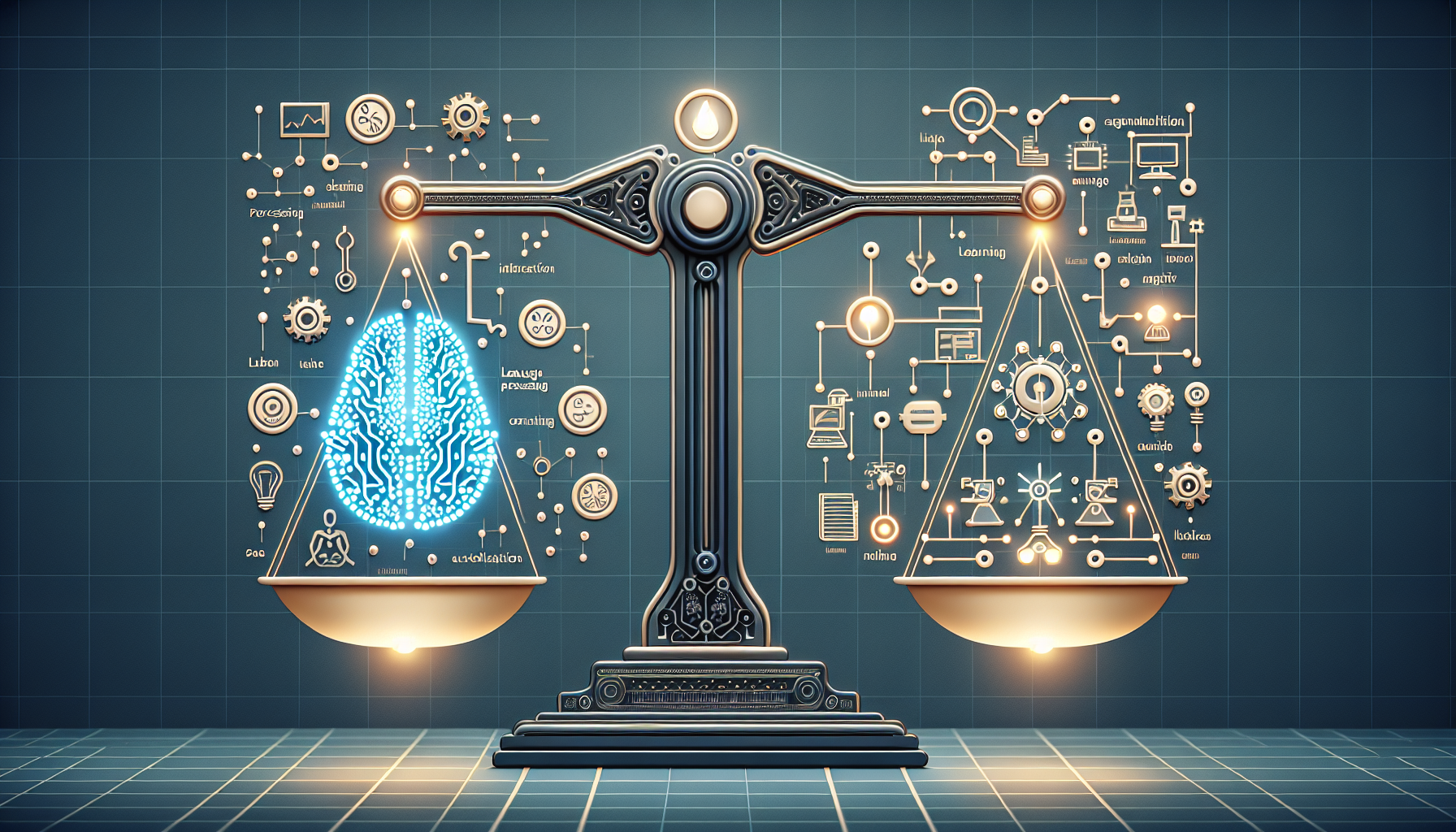Understanding ChatGPT and Zapier
What is ChatGPT?
ChatGPT is a state-of-the-art conversational AI developed by OpenAI, designed to generate human-like text based on the input it receives. Utilizing advanced machine learning algorithms and natural language processing (NLP) capabilities, ChatGPT can engage in conversations, generate content, answer questions, and assist with a multitude of tasks. This tool can be harnessed to enhance customer service, streamline content creation, and augment employee productivity within a wide range of industries.
What is Zapier?
Zapier is an automation tool that enables users to connect different web applications and automate workflows without needing to write code. Through its intuitive interface, Zapier allows businesses to create “Zaps,” which are workflows that consist of a trigger and one or more actions. This means that once an event occurs in one application, Zapier automatically completes the specified actions in other applications. The platform supports thousands of integrations, making it versatile for various business needs.
Comparing Core Functionalities
Text Generation vs. Automation
ChatGPT’s Strengths:
- Content Generation: Ideal for content writers and marketers, ChatGPT can produce articles, blog posts, social media content, and more. Its ability to maintain context and coherence makes it suitable for diverse content needs.
- Customer Support: By deploying ChatGPT as a virtual assistant, businesses can provide instant responses to customer inquiries, improving response times and customer satisfaction.
- Personalization: ChatGPT can be fine-tuned for specific industries or applications, allowing for a more tailored experience.
Zapier’s Strengths:
- Workflow Automation: Zapier excels in automating repetitive tasks, such as sending emails, gathering data from web forms, or updating CRM entries. This can save considerable time and reduce human error.
- Integration: With over 4,000 supported applications, Zapier offers extensive connectivity between tools that businesses already use, such as Google Workspace, Slack, and Salesforce.
- Real-Time Updates: Zapier can help businesses stay updated in real time by automating notifications and updates across various platforms, increasing overall efficiency.
User Experience and Learning Curve
ChatGPT
Using ChatGPT typically requires minimal setup. Users can begin interacting with the model through platforms that integrate it. OpenAI provides API access for businesses that want to embed ChatGPT into their applications. However, to leverage its full potential, users may need to familiarize themselves with effective prompting techniques—tailoring inputs to get the desired quality of output.
Zapier
Zapier’s user interface is designed to be user-friendly, even for those with little technical expertise. Setting up zaps is straightforward and guided through a series of prompts. While advanced users can create complex workflows, the learning curve is gentle, and Zapier provides numerous templates for quick setup. Users can also explore community forums for tips and strategies.
Pricing Structure
ChatGPT
ChatGPT’s pricing can vary based on usage and the level of access. OpenAI offers a free tier with limitations and paid subscription plans for businesses requiring higher usage capabilities. Evaluating the cost-effectiveness of ChatGPT involves considering how much content generation or conversational support a business expects to utilize.
Zapier
Zapier operates on a tiered subscription model, which accommodates both casual users and large teams. The free plan allows for basic automation, but as businesses scale their needs, they may need to opt for paid plans that offer premium features such as multi-step zaps and advanced app integrations. The pricing directly corresponds with the number of tasks executed monthly and the level of complexity in automated workflows.
Key Use Cases
ChatGPT
- Content Marketing: Businesses in need of consistent content updates can utilize ChatGPT to draft content, brainstorm ideas, and refine messaging.
- Customer Support: Companies can deploy ChatGPT on websites or messaging platforms to respond to common queries, enhancing customer engagement and service speed.
- Internal Communication: ChatGPT can help draft internal communications, improving clarity and consistency across messages.
Zapier
- Salesforce Integration: Automate the process of adding new leads from web forms or email subscriptions directly into Salesforce.
- E-commerce Notifications: Streamline order management by sending notifications to customers whenever their order status changes via email or SMS.
- Social Media Automation: Automatically share new blog posts on social media platforms without needing to log in and post manually.
Integration Potential
ChatGPT
While ChatGPT can be integrated into various applications through APIs, it primarily serves as a standalone conversational agent or content generator. Its strength lies in enhancing user interaction and support rather than direct data flow or cross-app connectivity.
Zapier
Zapier shines in its ability to integrate disparate applications to create seamless workflows. Users can connect tools like Google Drive, Trello, and Asana, allowing for better organization and information flow. The vast library of integrations means that most businesses will find the tools they currently use are compatible, allowing for a more customized automation experience.
Scalability and Flexibility
ChatGPT
ChatGPT can be scaled based on user interaction, making it suitable for small businesses and enterprises alike. The flexibility in deploying the AI across various applications allows organizations to choose how they want to leverage its capabilities, whether for customer interaction or content creation.
Zapier
Zapier is inherently designed for scalability. As businesses grow, they can effortlessly adapt their automated workflows to accommodate increased volume. Users can modify existing zaps or create new ones as their operational needs evolve, making it a long-term solution for workflow automation.
Final Considerations
Choosing the Right Tool
When determining whether ChatGPT or Zapier aligns better with your business needs, it is crucial to assess the primary goals. If your focus is content creation, customer interaction, or enhancing communication, ChatGPT is the appropriate choice. Alternatively, if your primary need involves automating repetitive tasks and improving inter-app connectivity, Zapier would be more beneficial.
Evaluating the specific requirements and desired outcomes will guide businesses in making the right investment, either through ChatGPT’s dynamic conversational capabilities or Zapier’s extensive automation functions. Each tool serves unique needs, and thoughtfully considering their strengths will ultimately help drive business efficiency and success.


